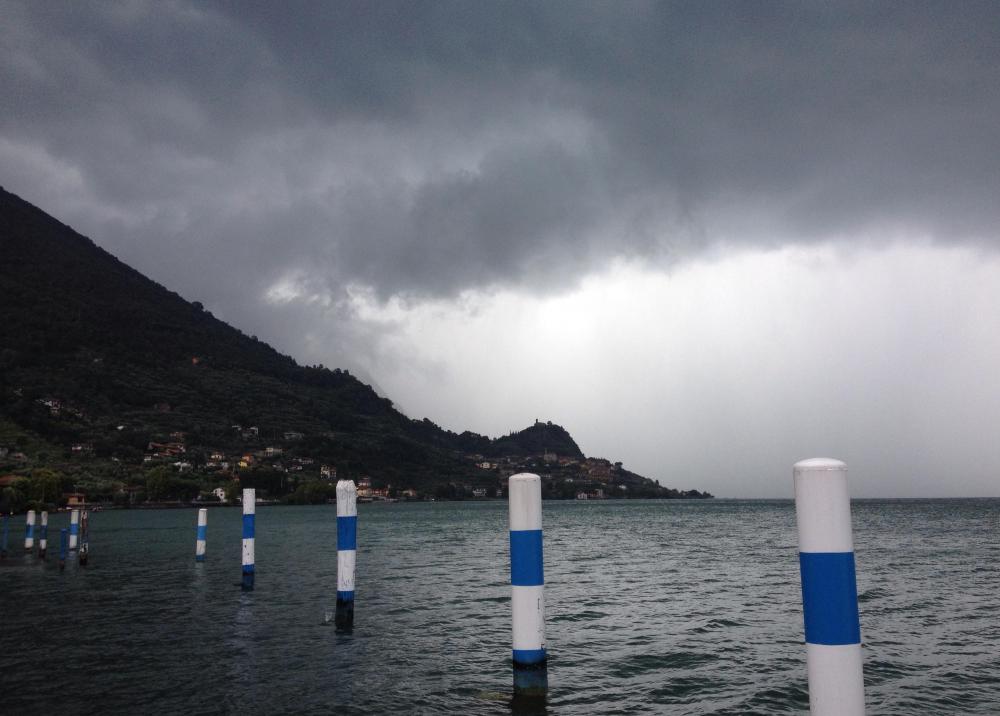At EasyTechJunkie, we're committed to delivering accurate, trustworthy information. Our expert-authored content is rigorously fact-checked and sourced from credible authorities. Discover how we uphold the highest standards in providing you with reliable knowledge.
What is a Rangefinder?
A rangefinder is anything that can give the distance between a user and a specific visible point. A rangefinder may make use of a technology such as sonar or lasers, or may use basic mathematics to determine the distance based on objects in the field of view.
The laser rangefinder is probably the most popular form of rangefinder available today. Laser rangefinders are also often referred to as LIDAR, or Light Detection And Ranging. A laser rangefinder works on a similar principle to sonar, by sending a narrow laser beam at the target and measuring the time it takes for the beam to bounce back.

Even with a tight beam, a laser will tend to spread out if shone over great distances. This can cause inaccuracies in the distance given by the rangefinder, as parts of the beam reflect off of objects not being ranged and bounce back earlier. A higher-quality laser rangefinder will be able to take into account multiple targets and provide all the measurements in a graph so that one can determine the distance to the actual target.

Both radar and sonar can operate as a rangefinder in a similar fashion to LIDAR. With radar, radio waves are sent out instead of a laser beam, and as they strike objects they bounce back to the transmitter. The time between emission and reception can be measured, and distance determined. Sonar utilizes the same principle, but uses a burst of sound, referred to as a ping, to locate objects and find their distance. Radar is most often used to find the distance to flying objects or ships, while sonar is usually used to find the distance to underwater objects. Sonar may also be used as a specific type of rangefinder known as a depth-finder, using echo sounding to map the distance to the seabed.
Different types of rangefinders have different applications, often determined by the type of material being measured. While radar is excellent at determining the range to metal objects, such as aircraft, it is much less effective with rocks and organic material, which may not reflect radio waves at all, and therefore provide no visible signal. Laser rangefinders, in contrast, are able to measure the distance to a much wider range of objects. Organic materials, rocks, and meteorological phenomena all have a large enough reflective footprint to show up clearly using a laser rangefinder. Some surfaces naturally absorb lasers, however, and various militaries have developed special laser-absorbent paints with which to coat vehicles, making them effectively invisible to a laser rangefinder.
A rangefinder may be used for a number of uses other than simply calculating the distance to an object. These may include mapping both the earth and the seabed without the interference of forest cover or other distractions, examining the interiors of clouds and calculating probabilities of rain and other meteorological events, and discerning the density of trees and vegetation in an area.
AS FEATURED ON:
AS FEATURED ON:












Discuss this Article
Post your comments